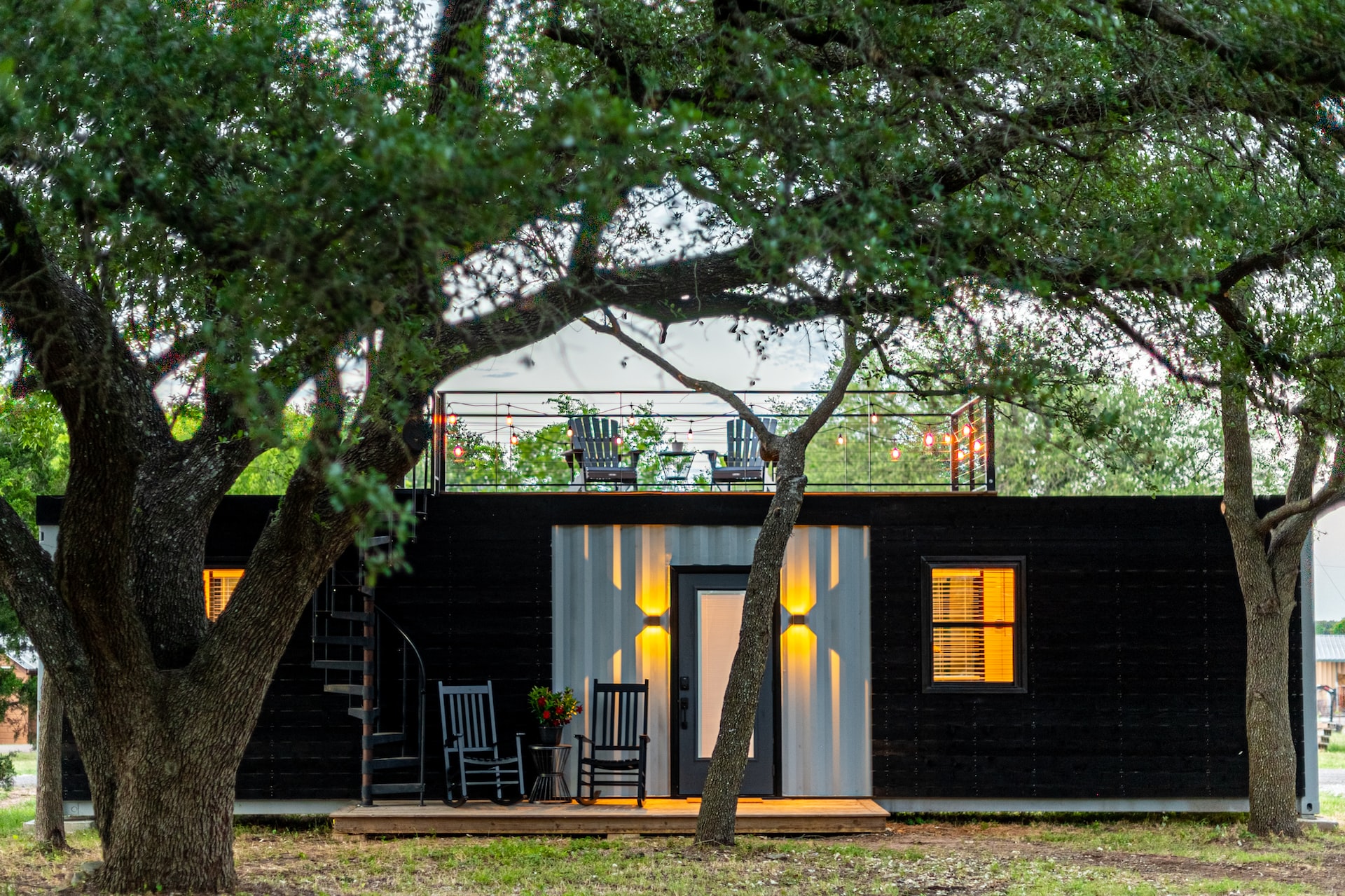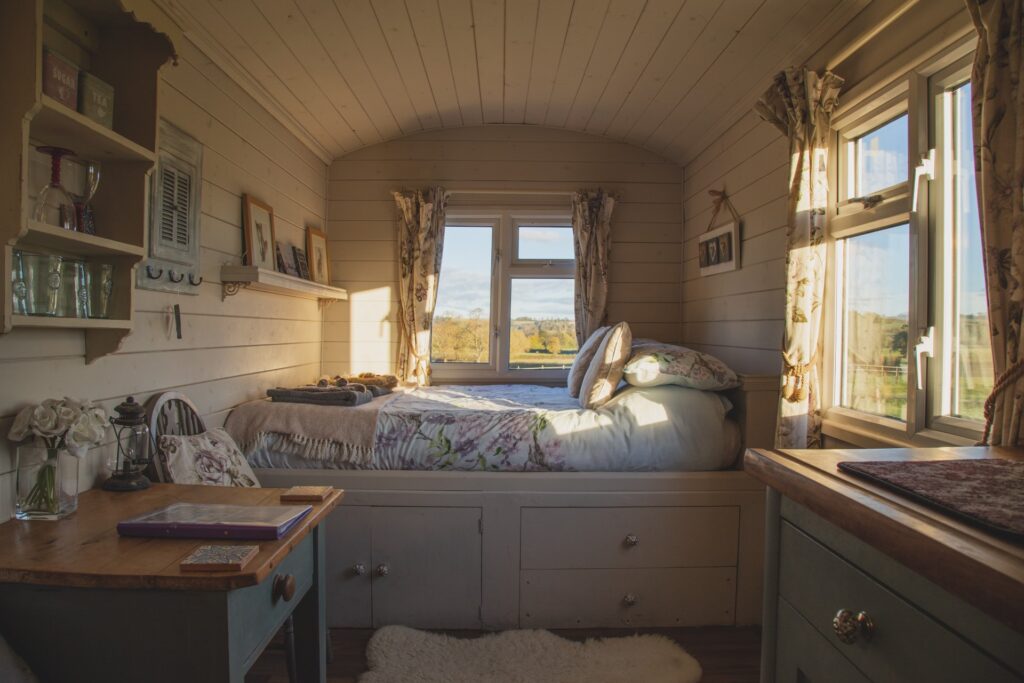Housing Crisis: What’s Slowing Down the Tiny House Movement?

We are reader-supported. When you buy through links on our site, we may earn an affiliate commission.
There’s a housing crisis in America. Corporate ownership of land threatens to turn entire generations into perpetual renters — the homeownership decrease that began with Gen X has hit Millennials and Gen Z the hardest. Many members of these generations now have lower standards of living than their parents, as owning property represents the traditional way for families to build wealth and raise themselves out of poverty.
It would seem that tiny houses offer the ideal solution. They cost less to construct, require less land and provide a solution for getting roofs over people’s heads despite dramatic increases in building material costs. So, seems to be the issue? Here, we will discuss what is holding the tiny home movement back, and what you can do to help fixing this housing crisis.
It All Comes Down to Local Politics
“We don’t want your kind around here.” This mindset has plagued marginalized individuals and communities since time immemorial. What’s the simple reason you don’t see tiny home communities popping up everywhere despite their superior sustainability and affordability? It’s local building and zoning ordinances designed with the well-meant intent of maintaining neighborhood conformity and protecting property values.
For example, the International Building Code specifies only that homes be built on at least 320 square feet of space and have at least one habitable room of 120 square feet, perfectly permissible dimensions for tiny homes. However, many municipalities specify minimum residential home sizes of 800 to 1,200 square feet. These building codes are a huge hurdle to building a tiny home, as the average square footages ranges from 200 to 400. It doesn’t matter if you own the land you wish to build upon — the law still controls what you can construct there.
Why is there such opposition, especially from the monied interests that make up the majority of governments? City planners often fear tiny homes will attract a flood of lower income individuals, and American prejudice against the poor remains alive and well.
Many planners fear that such communities will breed crime and lower property values. They still fail to recognize the extent of the economic devastation that is impacting those working full-time, even multiple jobs in today’s increasingly unequal society. In reality, tiny home communities could provide answers to pressing labor shortages, instead of shops and restaurants shuttering early because no one can afford to live where they work.
Sadly, the people who are doing okay have no idea what it’s like for those who aren’t. Like anyone, the powers-that-be are concerned with preserving their way of life first and foremost — strategic planning comes next, and human kindness and empathy a distant third. Common sense often gets lost altogether.
Furthermore, profitability plays another role. While it’s far less expensive material-wise to construct tiny homes, that doesn’t decrease the amount of technical expertise it takes to erect a habitable structure from the foundation, all the way to the roof. Contractors still have to hire plumbers, electricians and architects — all of which cost a pretty penny — and what they reap back in profits doesn’t justify the outlay. Also, in some cases, they may lose money.
Are Some Locations Friendlier to Tiny Homes Than Others?
Fortunately, not every region is hostile to tiny homes. For example, Green Matters notes that many western states like Arizona, Colorado, Washington, and California welcome tiny homes more than Alabama, Arkansas, New Jersey or New York. However, local restrictions can be a bugbear even in friendly states. For example, King County, WA, requires all tiny homes to be built on foundations, kicking those who prefer tiny homes on wheels or THOWs to the curb.
5 Ways You can Help the Tiny House Movement Succeed
Tiny homes offer practical solutions to many of today’s problems, like the basic human need for shelter, which is becoming unobtainable for many Americans. What many fail to realize is that fighting to preserve antiquated building and zoning laws is nonsensical. There is no denying that society needs everyone’s contribution, which means each contributor deserves a respectable home.
However, the political world changes with all the speed of a tortoise running a marathon. Therefore, if you want to see reform having an effect on present regulations means you must step up, speak out and get involved. Now, you may be wondering how you can take action, let’s discuss how.
1. Speak Up
Does the thought of attending a zoning board meeting sound incredibly boring? It may not rock your afternoon, but relatively few citizens take advantage of the opportunity to comment before the committee. That means you have a better chance of them hearing your voice and making an impression.
Remember, governmental agencies decide most issues surrounding the tiny home movement on the local level. So, this means you have to step up and attend city council meetings. When election time rolls around, ask candidates about their opinions on such communities. Many take no official stance — get them on the record for how they feel so that others can vote accordingly.
2. Speak Out
Before you get discouraged, know that it doesn’t take much effort to contact your elected representatives. Many of them welcome hearing from members of the public. You’ll have much better luck getting in touch with somebody in your hometown — mention that you are a concerned citizen.
Likewise, consider writing letters to the editor of your local newspaper. Many people remain unaware of the benefits the tiny home movement could bring to their town. Broadcast the benefits and get others excited.
3. Run for Office
In some jurisdictions, citizens elect members of their local planning and zoning boards. In others, the city council appoints this committee. Find out what system your area follows.
Then, consider running for office. A seat on the local board or city council could open career doors for you while helping you influence your community’s future direction.
4. Invest Wisely
Are you thinking of building a tiny home? If so, you need to pay attention to zoning ordinances when you seek land for your project. While many regions have restrictive building codes, others are tiny home friendly.
However, remember that time isn’t necessarily on your side. While restrictions could change for the better, you must keep in mind that they could become more stringent. For example, some areas that are now zoned for tiny homes could cease to be if political winds change. It’s important to keep your eye on the local temperature to grandfather your project in before any shifts.
5. Rent Space
If you’re fortunate enough to own undeveloped land that allows tiny homes, why not consider lining your pockets while helping a family in need by renting your parcel? For example, many localities have strict rules regarding where you can park recreational vehicles, crushing the dreams of many who build THOWs. If your lot has no such restrictions, consider leasing it to those who need a safe place for their tiny sustainable home.
Furthermore, private land sales remain legal in many states. You may be able to get more money by selling to a developer. But no rule says you must choose the highest bidder. You could become a part of the solution to America’s housing crisis by allowing the right individuals to rent-to-own a part of your parcel to build their tiny home.
What’s Slowing Down the Tiny House Movement
Tiny homes seem like the ideal solution to America’s housing crisis. As a bonus, they increase sustainability by lowering utility costs, even if residents don’t take other measures like going solar.
However, local ordinances and pragmatic economic realities stand in the way of implementing this commonsense solution. You can help reverse the factors slowing down the tiny house movement with mindful advocacy and wise investments.










